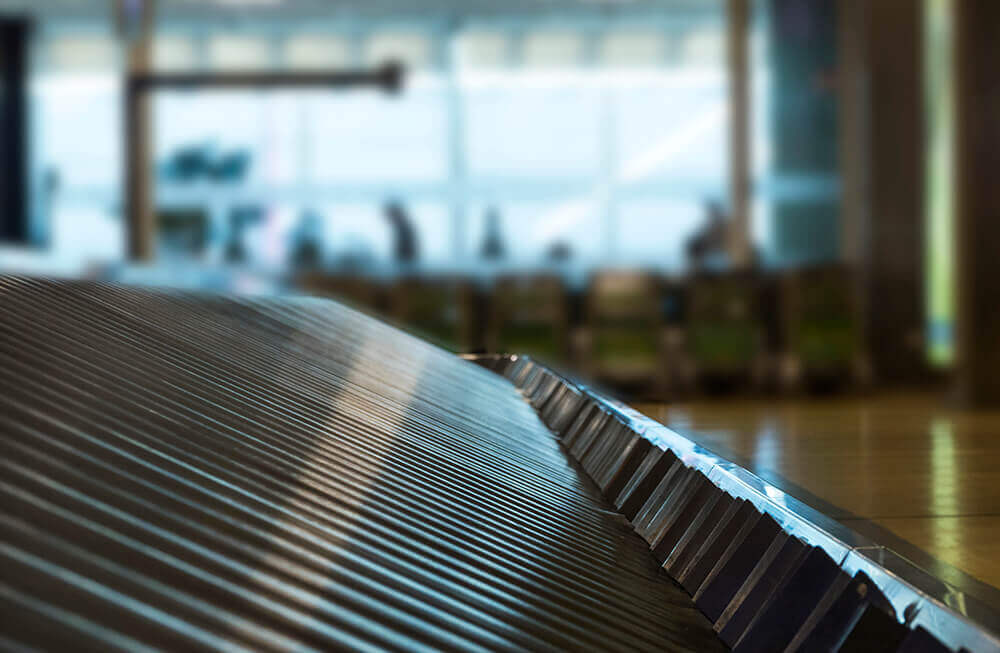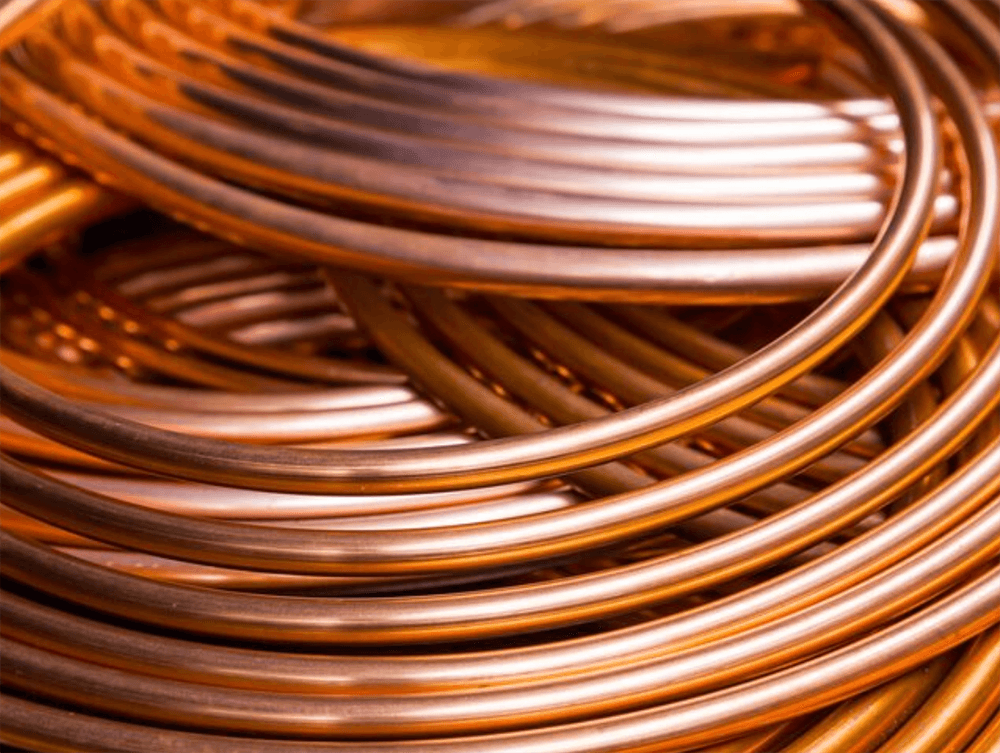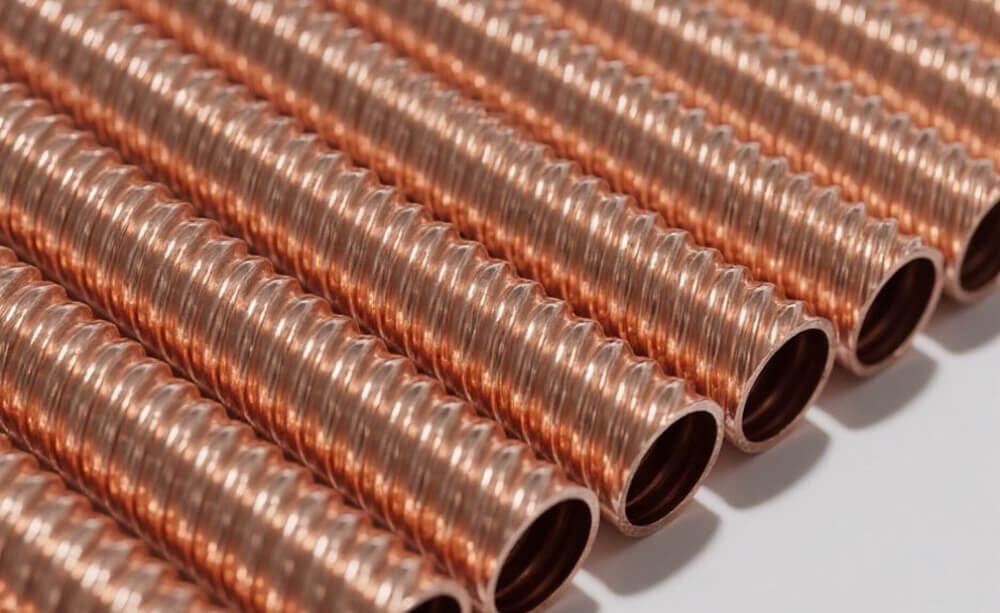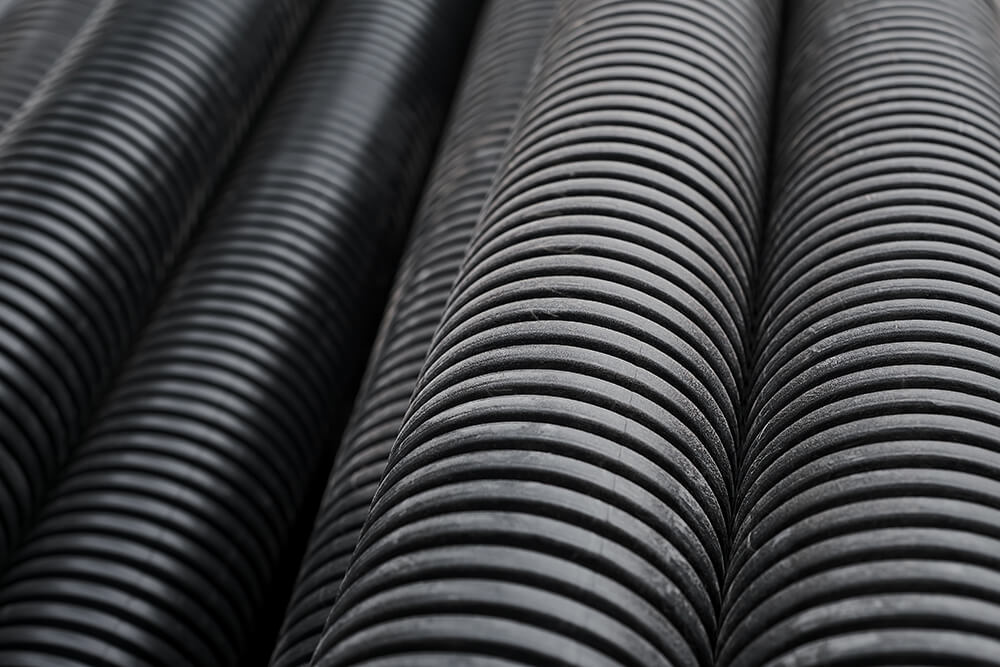Selecting the right finned copper tubing for a particular application scenario requires consideration of a number of factors, here are some key points:
Operating environment
Temperature: Specify the maximum and minimum operating temperatures for the application scenario. If it is a high temperature environment, such as the cooling system of industrial furnace, you need to choose the finned copper tube that can withstand high temperature and has good thermal conductivity, such as the finned copper tube made of copper, which has better high temperature resistance and thermal conductivity; if it is a low-temperature environment, such as refrigeration cold chain industry, you need to consider the toughness of the copper tube in the low-temperature and the resistance to brittle cracking performance, while the fins of the structural design should be conducive to maintain an efficient heat exchange in the low-temperature.

Humidity and corrosive media: in the humid or corrosive media environment, such as seawater cooling system of ships, chemical workshops, etc., need to choose the finned copper tube with good corrosion resistance. Copper itself has good corrosion resistance, if the environment is more corrosive, you can also consider special anti-corrosion treatment on the surface of the finned copper tube, such as plating, spraying anti-corrosion coating. For the occasion of contact with seawater, you can also use naval copper and other copper alloys with better corrosion resistance to seawater.
Heat exchange requirements
Heat exchange efficiency: Select finned copper tubes according to the heat exchange efficiency requirements of the specific application. If rapid heat dissipation or heating is required, such as cooling of electronic equipment, air-conditioning and refrigeration systems, etc., finned copper tubes with compact fin structure and large heat dissipation area, such as corrugated fins or needle finned copper tubes, should be selected to improve the heat exchange efficiency. For some occasions with relatively low requirements on heat exchange efficiency, rectangular finned copper tubes with relatively simple structure and low cost can be selected.
Flow rate and pressure loss: consider the flow rate of the fluid in the system and the allowable pressure loss. In some systems with large flow rate and small pressure loss requirements, such as large industrial heat exchangers, finned copper tubes with large tube diameter and reasonable fin spacing should be selected to reduce fluid resistance and ensure normal operation of the system. For some occasions with higher space requirements and smaller flow rate, such as small electronic equipment heat sinks, finned copper tubes with small tube diameter and high-density fins can be selected to achieve better heat dissipation in limited space.
Space and installation conditions
Space limitation: According to the space size of the installation location to choose the appropriate size of the finned copper tube. If space is limited, such as some small home appliances or portable equipment in the heat dissipation components, you need to choose a compact, lightweight and thin finned copper tube to adapt to the narrow installation space. For larger equipment with more space, such as industrial cooling towers, larger finned copper tubes with better heat dissipation performance can be selected.
Installation: Consider how the finned copper tubes will be installed and the fixing requirements. Some application scenarios require finned copper tubes to be easily assembled and disassembled, such as some movable equipment or equipment that requires regular maintenance, then you can choose finned copper tubes that are mechanically connected (such as crimped and riveted) for easy installation and maintenance. For some of the requirements of good sealing, solid connection occasions, such as air conditioning refrigeration system in the evaporator and condenser, the soldered finned copper tube is more appropriate.
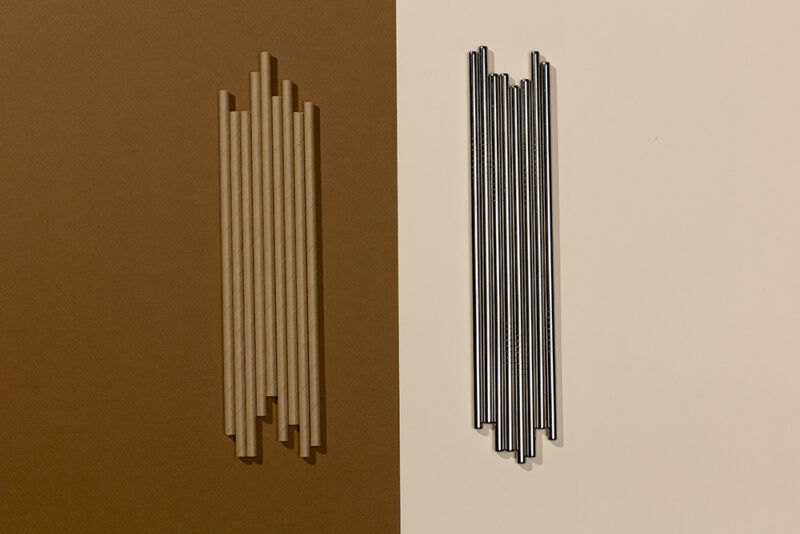
Cost factors
Initial cost: The price of finned copper tubes varies greatly with different materials, structures and specifications. On the premise of meeting the application requirements, the initial purchase cost should be considered. Generally speaking, finned copper tubes made of ordinary brass have relatively low cost and are suitable for cost-sensitive applications where the material performance requirements are not particularly high. Finned copper tubes made of violet copper or special copper alloys are more costly but have better performance, and are suitable for critical applications with high requirements for thermal conductivity and corrosion resistance.
Operating and Maintenance Costs: In addition to the initial cost, the energy and maintenance costs of finned copper tubes during operation should also be considered. Highly efficient finned copper tubes can reduce long-term operational energy consumption, although the initial cost may be higher; while some finned copper tubes that require frequent maintenance or are easily damaged may increase the maintenance cost at a later stage. For example, finned copper tubes with high quality materials and advanced manufacturing processes may be more cost-effective in the long run because of their longer service life and lower maintenance requirements, although they are more expensive.
Reliability and Service Life
Quality of materials: Choose reliable finned copper tubes and make sure their materials meet the relevant standards and requirements. High-quality copper tube and fin materials should have good metallurgical organization and physical properties to ensure that no premature aging, corrosion or deformation will occur during long-term use. You can refer to the supplier’s product quality certification, production process and past users’ evaluation and other information to assess the material quality.
Manufacturing process: Advanced manufacturing process is critical to ensure the reliability and service life of finned copper tubes. For example, the connection process between fins and copper tubes directly affects the heat transfer efficiency and the stability of the overall structure. The use of high-quality welding or expansion process can make the fins and copper tubes close together, reduce the contact thermal resistance, improve the heat exchange efficiency, and prevent the fins from loosening or falling off in the process of use. In addition, strict quality control and testing process is also a key link to ensure product quality, such as pressure resistance test and air tightness test for finned copper tubes to eliminate potential quality hazards.
Supplier reputation and after-sales service
Supplier reputation: Selecting a supplier with a good reputation can ensure the quality of the product and the timeliness of delivery. You can understand the supplier’s reputation through market research, industry reputation, supplier’s qualification certification and other aspects. Suppliers with strength and reputation usually have a perfect production management system and quality assurance system, and can provide stable and reliable products.
After-sales service: good after-sales service is very important for solving problems in the process of use. Suppliers should be able to provide timely technical support, product repair or replacement services. When choosing a supplier, it is important to understand its after-sales service policy and response speed, so that when problems are encountered, they can be effectively resolved to minimize the impact on production or equipment operation.

